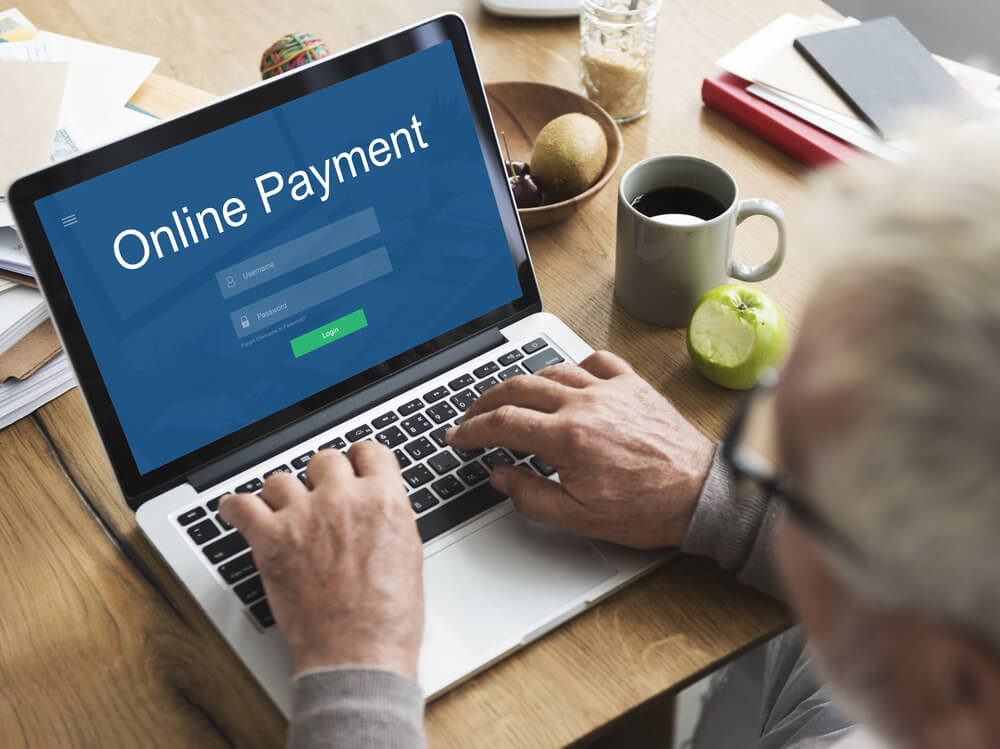New payment methods are emerging constantly with the rise of technology and automation. And while there is a palette of choices on how to handle and extend your finances, among the most popular ones, and for a good reason, are ACH and e-Checks. Keep reading – we are here to help you get familiarized with these methods.
Overview of ACH Systems
ACH is a common abbreviation for Automated Clearing House, a system processing e-transactions through cooperating financial institutions. The system was formed specifically for supporting direct credit and debit fund extending. ACH transfer can be categorized in many ways.
Among the most frequently used are External funds transfers (EFT) and P2P payments (Person-to-Person). These allow you to handle your bills or extend deposits involving employers and employees; you can also choose to use them when handling transactions that involve extending funds to the government. PayPal, Venmo, and most banking institutions tend to use this service – and, of course, so do we.
The execution of the very transfers normally takes up to a few workdays, usually two or three; it essentially differs from processing the requests in real time or wiring money, allowing you to move money on the day of depositing. Normally, the transfers cost nothing when paying bills, taxes or partaking in benefits. If you transfer money within accounts that are opened in different accounts but are otherwise linked, the transfer can be free or up to about $3.

e-Checks Overview
An e-Check or an Electronic Check represents a digital version of a standard, paper check that authorizes money extending from one financial institution or account to another. This method is not new; it has been around for about two decades now and, as opposed to manual handling, it allows immediate electronic handling. Clearly, the method is effortless since it saves you a trip to the bank and waiting in line. Not only that; it is also much faster because of complete bypassing of mailing and postage.
For their high-security properties, e-Checks are the only online payment processing supported by the U.S. Treasury.
The payee normally authorizes the transaction(s), whether they reoccur or are a one-time extension; this can be done through an online form, via phone or multiple other methods. The payment info gets submitted to the third party, an online service of payment processing (e.g. PayPal, MoneyBookers, PaySimple, banks, or other). Then, the info is processed through the ACH network.
Finally, payment is withdrawn from the payer’s financial account; the business gateway issues a receipt to the payee’s e-mail address and the money gets deposited into a bank account. Funds are normally deposited within 5 business days, however, clearing time is 24 to 48 hours, yet the cycle is prolonged for security reasons.
ACH vs. e-Checks – a parallel
E-Checks will allow any business to transfer the same info as paper checks, however, they dramatically reduce handling costs through elimination of physical paper, ink, and going to the bank.
If you normally handle transactions online, ACH transfers are a great option to consider due to the amount of time needed for receiving and depositing funds, as ACH works using bank account info through pre-authorized transactions. Using ACH, once you set the transactions up, you are ready.
E-Checks work as a solid solution to the standard processing of checks and are best when combined with ACH transfers that have been pre-approved.
Both of the methods have been proven to show great results and save modern businesses from unnecessary money leakage. As always, we encourage you to read more on ACH services or get a quote by reaching to one of our professionals!
